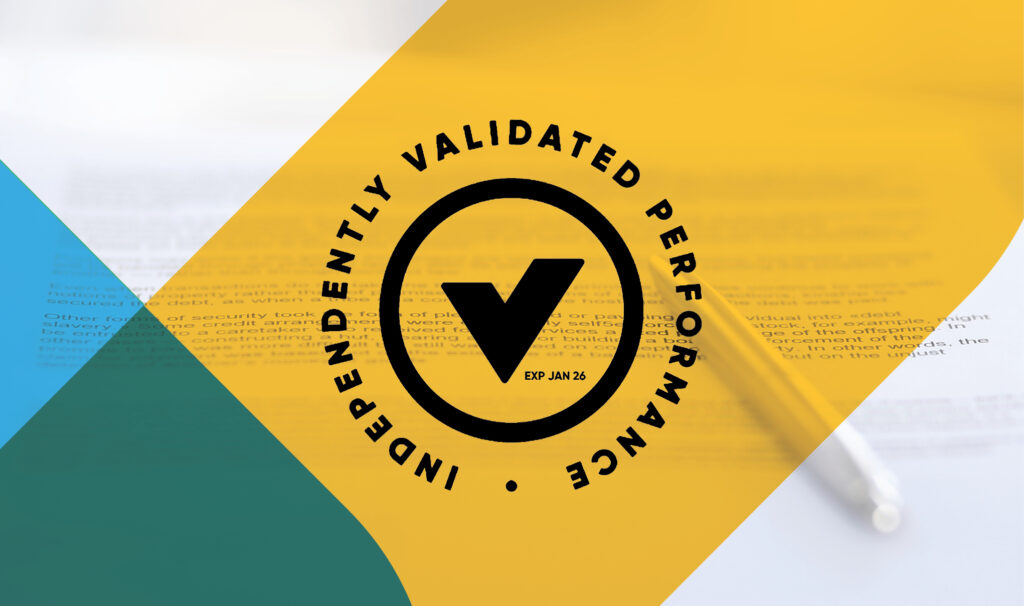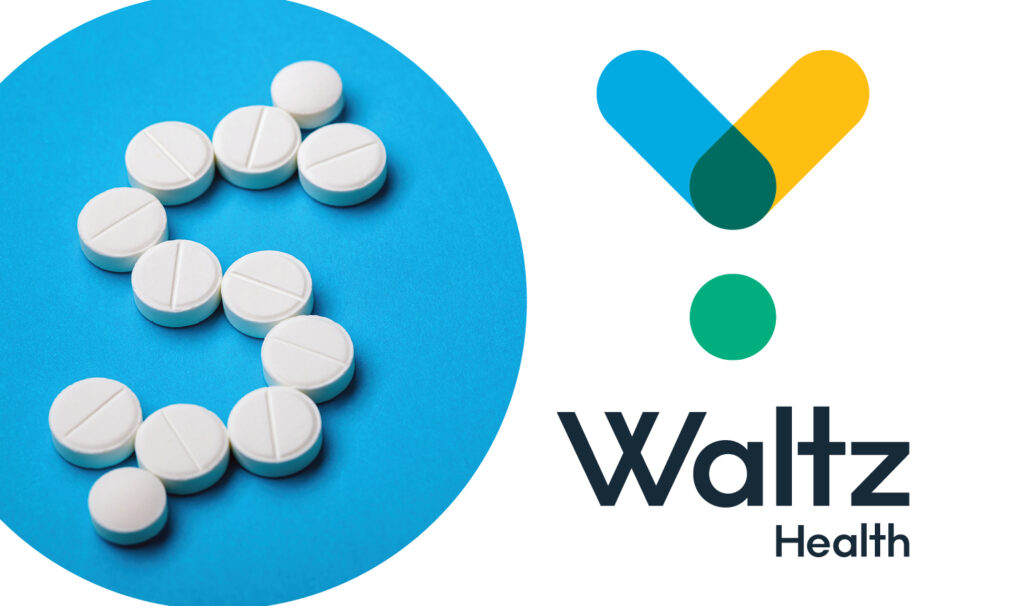News/Blogs
Understanding the Importance of PBM Transparency
In recent years, the healthcare industry has faced mounting pressure to increase transparency, particularly within the pharmacy benefit management (PBM) sector. Understanding the importance of PBM transparency has become increasingly crucial. With the intricate balance of patient needs, cost management, and regulatory compliance, transparency in PBM practices can significantly influence the effectiveness of healthcare delivery.

As the demand for accountability and clarity in healthcare continues to rise, pharmacy benefit managers are at the forefront of this transformative shift. The call for transparency is not only a reaction to the complexities inherent in healthcare, but it is also a call to address inefficiencies and reestablish the public’s trust.
The role of PBMs in determining medication access and cost makes transparent processes essential to that trust.
What is PBM Transparency?
PBM transparency refers to the clarity and openness with which pharmacy benefit managers operate. They are intermediaries that manage prescription drug benefits on behalf of health insurers, Medicare Part D drug plans, large employers, and other payers. The transparency aspect involves clear communication about drug pricing, contracts, rebates, and the costs associated with managing drug benefits. This clarity enables stakeholders to make informed decisions regarding medication procurement and patient care strategies.
The Role of Pharmacy Benefit Managers
PBMs play a significant role in determining the cost and accessibility of medications. They negotiate with drug manufacturers to secure favorable pricing and rebates. The lack of transparency in these dealings often leaves employers and patients in the dark about the true costs of medications and the extent of these rebates. This can drive inflated costs and inequitable access to necessary medications.
But the importance of PBMs goes beyond cost. PBMs design and implement drug formularies, collaborate with their clients to determine which medications are covered, and manage pharmacy networks. By understanding the full scope of operations, healthcare providers can better advocate for fair practices and ensure that the financial benefits of negotiated rebates are appropriately distributed.
Benefits of Transparent PBM Practices
Enhanced Cost-Efficiency
One of the primary benefits of transparent PBM practices is improved cost-efficiency. By understanding the actual costs and rebates associated with medications, payers can make informed decisions that align with their budget while still prioritizing patient care. Transparent practices build trust and allow for more precise financial planning and resource allocation.
Improved Patient Outcomes
When payers have a clear understanding of drug costs and availability, they can they reach the right balance of cost savings and patient care. This is particularly important when members have chronic conditions and require ongoing specialty medication management. Access to affordable medications can significantly improve adherence to treatment regimens, ultimately improving health outcomes.
Transparency throughout the healthcare system can lead to more personalized and effective treatment plans, as healthcare providers have a clearer picture of medication costs and can tailor treatment plans accordingly. By understanding the financial impact of different treatment options, clinicians can work with patients to develop care plans that are both clinically effective and financially feasible, reducing the risk of non-adherence due to cost concerns.
Strengthened Trust and Collaboration
Trust is a cornerstone of effective healthcare management. Transparent practices foster trust and collaboration between PBMs, employers, and other stakeholders. When all parties have access to the same information, it facilitates open communication and joint problem-solving, leading to improved healthcare outcomes.
When PBMs make access care easy for patients, they are more likely to have good adherence. This trust can lead to increased client and member satisfaction, improved adherence to treatment plans, and further enhance health outcomes.
The PBM Transparency Act and Its Impact
The push for transparency has led to legislative efforts aimed at reforming the sector. The PBM Transparency Act is one such initiative that seeks to increase accountability and transparency within the industry. By mandating specific disclosure requirements, the Act aims to provide stakeholders with the information needed to make informed decisions about medication management and healthcare delivery.
Key Provisions of the PBM Transparency Act

- Require PBMs to disclose pricing structures and rebate arrangements.
- Prohibit certain PBM practices that lead to inflated drug costs.
- Ensure that savings from rebates are passed on to payers and patients.
These provisions aim to create a fairer and more transparent environment, benefiting both payers and patients, as well as other stakeholders. By enforcing transparency, the Act seeks to dismantle the barriers that have historically prevented equitable access to medications and fair pricing practices.
Additionally, the Act encourages the development of industry standards for transparency and accountability. By setting clear guidelines for PBM operations, it promotes consistency across the sector, making it easier for healthcare providers to navigate the complexities of drug pricing and procurement. This legislative support can drive meaningful change, fostering a more equitable healthcare landscape.
Strategies to Advocate for PBM Transparency
Engage in Open Dialogue
The PBM Transparency Act aims to:
Initiate conversations with your PBM partners to discuss the importance of transparency and its impact on patient care and cost management. Express your commitment to working together to achieve common goals. Open dialogue can help identify areas for improvement and foster a culture of collaboration and mutual benefit.
Regular communication with PBM partners can also help address potential issues before they escalate. By maintaining an open line of communication, benefit brokers and consultants can work with PBMs to develop solutions that align with their client’s objectives. This proactive approach to problem-solving can enhance the effectiveness of medication management strategies and improve overall healthcare delivery.
Leverage Data and Analytics
Utilize data and analytics to gain insights into drug pricing and usage patterns. This information can serve as a valuable tool in negotiations and decision-making processes. By understanding the financial impact of different medication options, clients can make more informed coverage decisions .
Data and analytics can also help identify trends and opportunities for cost savings. By analyzing usage patterns, hospital administrators can optimize inventory management and reduce waste. This data-driven approach to decision-making can enhance operational efficiency and support strategic planning efforts.
Partner with a PBM committed to transparency.
PBMs all define transparency differently. Ensure that your PBM partner’s definition aligns with your goals and those of your clients. Ask questions about transparency, data access, rebates, and other important topics during or before the RFP process.
A transparent PBM will be ready to answer your questions and provide resources that share their company practices, and will be validated for contract transparency by the Validation Institute.
To learn more about how Serve You Rx’s industry-leading and transparent pharmacy benefit management services work, fill out the form below, and we’ll be in touch.



